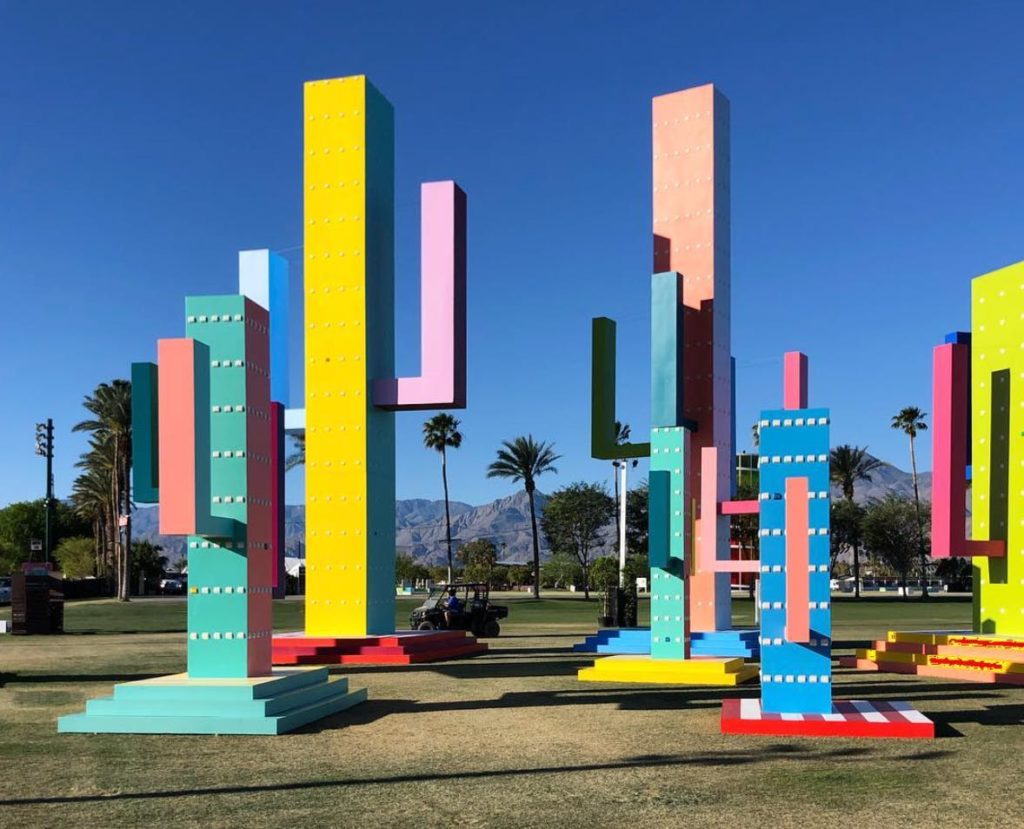
The New York Times' Alexandra Lange wonders if the app can help expand our love of the designed world and incite our curiosity or it can turn us into sheep
On my phone, Instagram is a series of squares and rectangles with pictures of babies, clogs, books, lakes and buildings, buildings and more buildings. But when I read or hear about Instagram, none of these — except for babies — seem to exist on the app.
In trend stories and anxious conversations, the focus is almost always on commercial influencers and sponsored content, how the rise of the Instagram-friendly museum is cheapening our experience of art, or how Instagram’s gaze is making us worry about keeping our bodies and our houses in picture-perfect condition. But that’s not all Instagram can be.
Of course, I realize I’m a special case in some ways — I’m an architecture and design critic. Buildings are my life. But it isn’t that unusual to try to find and follow the tranche of people who love what you love. If you’re in the visual arts, they are probably on Instagram.
There are plenty of people among Instagram’s 100 million users who march to the beat of their own aesthetic drum, sharing images of places and artifacts that will eventually be transformed into something new that will itself be posted on Instagram. With Instagram, you can copy or you can create. You can use it to contribute more visual delight to the digital world, or you can use it to collect digital souvenirs picked out by other people.The result is a cycle that can be either vicious or virtuous. Vicious, when Instagram produces copycats and environments are ravaged by selfie-taking; virtuous, when Instagram provokes an interest in new places (like centuries-old Shaker villages) or new styles (like the Italian modernism that has now spawned a new trend, chubby furniture).
Take, for example, the Colossal Cacti. This April, at the annual Coachella Valley Music and Arts Festival in California, these seven towering structures captured visitors’ imaginations: With upturned arms that mimicked the saguaro, they served as the backdrop for hundreds of selfies.
Read more: Is Instagram Ruining Architecture? - The New York Times
comments